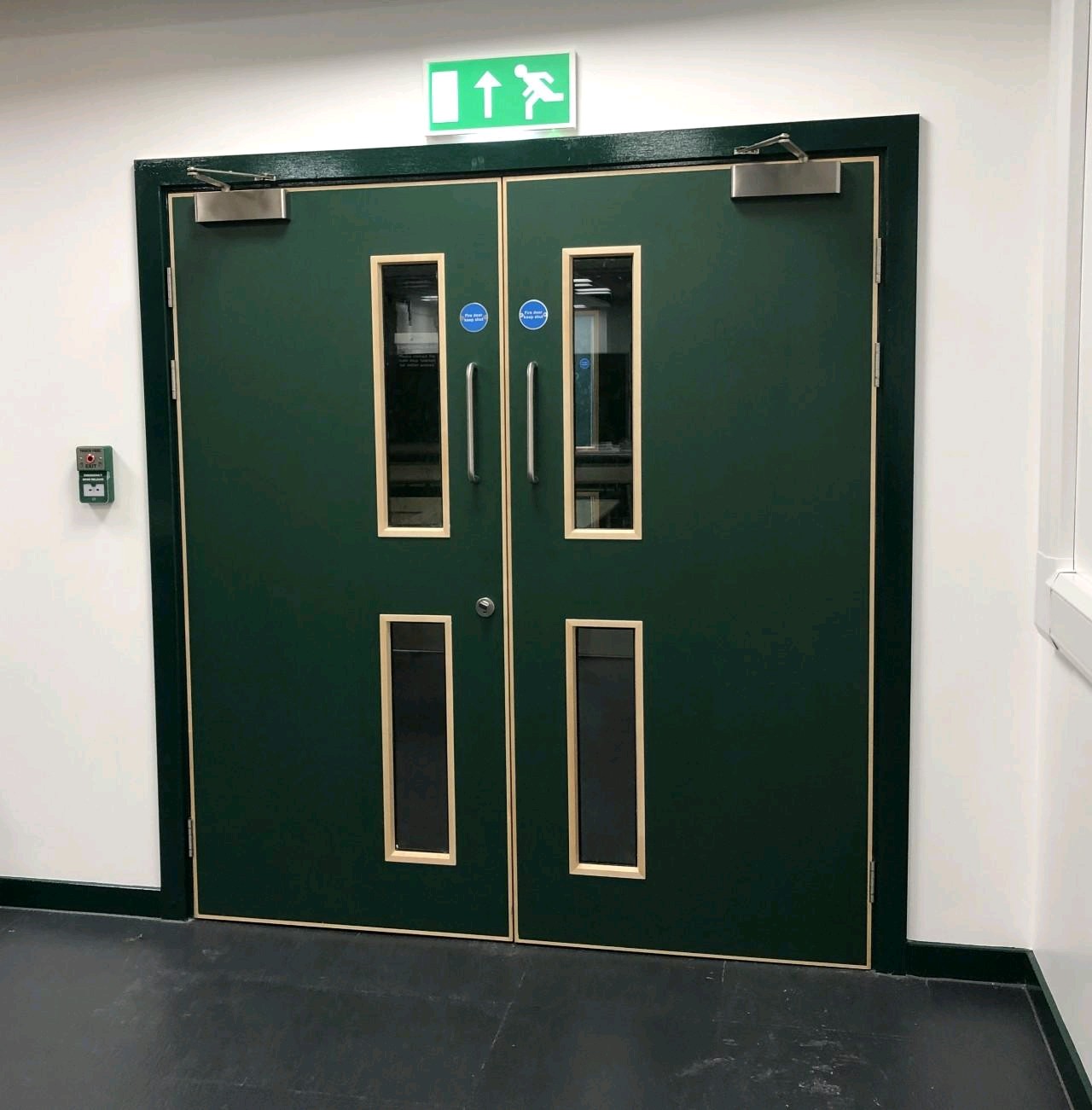- Home
- About BWF Fire Door Alliance
- Fire Door Safety
- Third-Party Certification
- Publications
- News
- Knowledge Centre

For BWF Fire Door Alliance members, third-party certification means meeting strict and clear criteria, as part of a robust process.
Wherever a fire door is installed, you need to be sure that it will perform as stated in the event of a fire. Third-party certification is the only way you can be certain that a fire door will meet safety requirements.
You may think that carrying out your own tests on fire doors provides the best evidence of how they will perform. While independent tests provide a gauge as to the performance of the door tested against what the manufacturer states, they only provide part of the overall picture. Without a full audit of manufacturing systems, processes, and the wider supply chain, there is no guarantee over consistency and repeatability – this is crucial regardless of whether you specify one or multiple fire doors.
As the Grenfell Inquiry has clearly highlighted, organisations, and individuals within them whom hold fire safety responsibility, are accountable for the decisions they make over life and building safety. With fire safety regulations becoming more rigorous, especially for high-risk buildings, the ability to provide robust evidence over performance is essential.
Third-party certification is key to achieving fire door traceability and enabling all original documents relating to the door’s manufacture to be sourced. This provides proof of compliance with regulations.
The fire door label
When a product is manufactured or modified by a BWF Fire Door Alliance member, a fire door label, with a unique number, is placed on the top of the door. The purpose of this number is to allow for full traceability of the door by the fire door manufacturer or Licensed processor as well as any certifications related to its specification and production records. The primary label will also show the fire door rating for its minimum tested burn performance (e.g. FD30 for minimum 30 minutes).
This allows the original fire door certificate and specification to be sourced, enabling on-site checks to be carried out against the door’s original standards. If any components need replacing, the documents will also outline the parts compatible with the original certification and test requirements to ensure compliance to the original specification is maintained.
Dependent upon the certification scheme used, the fire door may also have a system of plugs in the back edge of the door to identify its performance criteria.
Under Building Regulation 38 and/or the Regulatory Reform (Fire Safety) Order (RRO or FSO), proof of compliance of fire doors can be requested. For this reason, the specification should be adhered to and only compatible components used, otherwise challenges can arise.